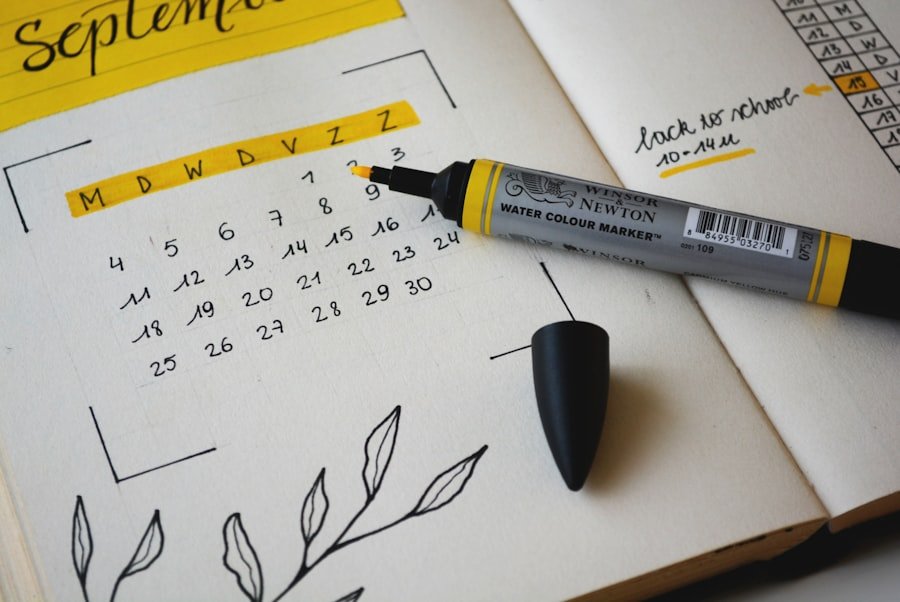Selecting the perfect venue for a date can significantly influence the overall experience. The ambiance, noise level, and type of activity can either foster connection or create barriers. For instance, a cozy café with soft lighting and comfortable seating can encourage intimate conversation, while a loud bar might make it difficult to hear each other.
When choosing a location, consider both your interests and those of your date. If you both enjoy art, visiting a gallery or attending an art exhibit can provide not only a beautiful backdrop but also a shared topic of discussion. Alternatively, if you both appreciate nature, a stroll through a botanical garden or a picnic in the park can create a relaxed atmosphere conducive to getting to know one another.
Moreover, the location should reflect the stage of your relationship. For a first date, opting for a casual setting is often advisable. This allows both parties to feel at ease without the pressure of a formal dining experience.
As you progress in your relationship, you might choose more upscale venues that offer a unique dining experience or activities that require collaboration, such as cooking classes or escape rooms. Ultimately, the right location should align with both your personalities and preferences, setting the stage for meaningful interaction.
Key Takeaways
- Choose a location that is convenient for both parties and offers a comfortable and relaxed atmosphere for conversation.
- Dress appropriately for the occasion, taking into consideration the venue and the cultural norms of the location.
- Start the conversation with light and positive topics, such as hobbies, travel, or favorite books, to create a comfortable and engaging atmosphere.
- Be mindful of your body language, maintaining eye contact and open posture to show interest and respect.
- Arrive on time and show respect for your date by being attentive and considerate throughout the evening.
- Handle awkward moments with grace and humor, and try to steer the conversation back to a positive and enjoyable topic.
- When it comes to paying the bill, offer to split it or take turns, and be gracious and respectful regardless of the outcome.
- If the date goes well, plan for a second date by expressing your interest and suggesting a specific activity or location.
Dressing for the Occasion
The way you present yourself on a date can speak volumes about your personality and how much you value the occasion. Dressing appropriately not only boosts your confidence but also shows respect for your date and the time you are spending together. For instance, if you are heading to a fancy restaurant, wearing smart casual attire or even dressing up in formal wear can demonstrate that you take the date seriously.
On the other hand, if you are meeting for a casual coffee or a walk in the park, comfortable yet stylish clothing can strike the right balance between looking good and feeling at ease. It’s also essential to consider the weather and the specific activities planned for the date. If you’re going hiking, wearing appropriate footwear and breathable fabrics is crucial for comfort and safety.
Conversely, if you’re attending an outdoor concert in the evening, layering your outfit can help you adapt to changing temperatures while still looking fashionable. Accessories can also play a significant role; a well-chosen piece can enhance your outfit and serve as a conversation starter. Ultimately, dressing for the occasion is about finding that sweet spot where you feel confident and comfortable while also being mindful of your date’s expectations.
Conversation Starters and Topics

Engaging in meaningful conversation is one of the cornerstones of a successful date. Having a few conversation starters up your sleeve can help break the ice and ease any initial awkwardness. Open-ended questions are particularly effective as they encourage more than just yes or no answers.
For example, asking about favorite travel destinations can lead to stories about past adventures and shared interests in exploring new cultures. Similarly, discussing hobbies or passions can reveal common ground and spark deeper discussions about life goals and aspirations. It’s also important to be attentive to your date’s responses and build on them.
If they mention an interest in music, asking about their favorite concerts or artists can lead to an engaging dialogue about shared tastes or experiences. However, it’s crucial to avoid overly personal topics too soon; discussions about politics or religion may be better suited for later dates when both parties feel more comfortable with each other. The key is to create an atmosphere where both individuals feel heard and valued, allowing for organic conversation to flow naturally.
Mindful Body Language
| Aspect | Definition |
|---|---|
| Eye contact | Making appropriate and comfortable eye contact with others |
| Posture | Standing or sitting in a relaxed and open manner |
| Gestures | Using natural and non-distracting hand movements |
| Facial expressions | Showing genuine and appropriate emotions through facial expressions |
| Body orientation | Positioning the body to show interest and engagement |
Non-verbal communication plays a significant role in how we connect with others, especially on a date. Being aware of your body language can enhance the interaction and convey openness and interest. For instance, maintaining eye contact shows that you are engaged in what your date is saying, while nodding occasionally can signal that you are actively listening.
Leaning slightly forward can also indicate enthusiasm and attentiveness, making your date feel valued and appreciated. Conversely, being mindful of negative body language is equally important. Crossing your arms may come across as defensive or closed off, while fidgeting can signal nervousness or disinterest.
It’s beneficial to adopt an open posture—keeping your arms relaxed at your sides or resting them on the table can create a welcoming environment. Additionally, mirroring your date’s body language subtly can foster rapport and create a sense of connection. By being conscious of these non-verbal cues, you can enhance communication and create a more enjoyable experience for both parties.
Being Punctual and Respectful
Timeliness is often seen as a reflection of one’s respect for another person’s time. Arriving on time for a date demonstrates that you value the opportunity to spend time together and are committed to making it enjoyable. If circumstances arise that may cause you to be late, it’s courteous to inform your date as soon as possible.
A simple text message explaining the situation shows consideration and helps manage expectations. Respect extends beyond punctuality; it encompasses listening actively during conversations and being considerate of your date’s feelings and boundaries. For example, if your date expresses discomfort with a particular topic or activity, being receptive to their feelings and willing to pivot is crucial for building trust.
Additionally, showing appreciation through small gestures—such as complimenting their outfit or thanking them for their company—can go a long way in creating a positive atmosphere. Respectful behavior fosters mutual understanding and lays the groundwork for deeper connections.
Handling Awkward Moments

Awkward moments are an inevitable part of dating; how you handle them can define the overall experience. Instead of allowing discomfort to linger, addressing it with humor or light-heartedness can diffuse tension. For instance, if there’s an unexpected silence during conversation, acknowledging it with a smile and saying something like “Well, this is awkward!” can break the ice and prompt laughter, allowing both parties to relax.
Another strategy is to pivot the conversation toward lighter topics or shared interests when things get tense. If one topic falls flat, smoothly transitioning to something else—like asking about favorite movies or recent books—can help steer the interaction back on track. It’s essential to remember that everyone experiences awkward moments; embracing them as part of the dating journey can foster authenticity and create memorable experiences that both individuals will look back on fondly.
Paying the Bill
The question of who pays for the date has evolved over time and varies based on personal beliefs and cultural norms. Traditionally, it was common for one person—often the man—to cover the bill on a first date; however, contemporary dating dynamics have shifted toward more egalitarian approaches. Discussing payment openly can alleviate any potential discomfort surrounding this topic.
For instance, suggesting splitting the bill upfront demonstrates mutual respect and willingness to share expenses. If one person insists on paying despite offers to split it, graciously accepting their gesture while expressing gratitude is appropriate. A simple “Thank you!
I really appreciate it” acknowledges their kindness without creating an obligation for future dates. Alternatively, if you prefer to take turns paying for dates—one person covers this outing while the other takes care of the next—it establishes a balanced approach that fosters equality in the relationship.
Planning for a Second Date
If the first date goes well, planning for a second one is an exciting opportunity to deepen your connection. Reflecting on what went well during your initial outing can provide valuable insights into what activities might resonate with both of you moving forward. For example, if you discovered a shared love for cooking during dinner, suggesting a cooking class or preparing dinner together at home could be an excellent way to build on that interest.
Additionally, it’s essential to communicate openly about preferences for future dates. Asking your date what they enjoyed most about the first outing can guide your planning process while also showing that you value their input. Whether it’s exploring new restaurants, attending events together, or engaging in outdoor activities like hiking or biking, planning dates that align with both individuals’ interests fosters excitement and anticipation for what lies ahead in the budding relationship.



























